The Evolution of Student Housing in the US: A Key Architectural Design Market Segment
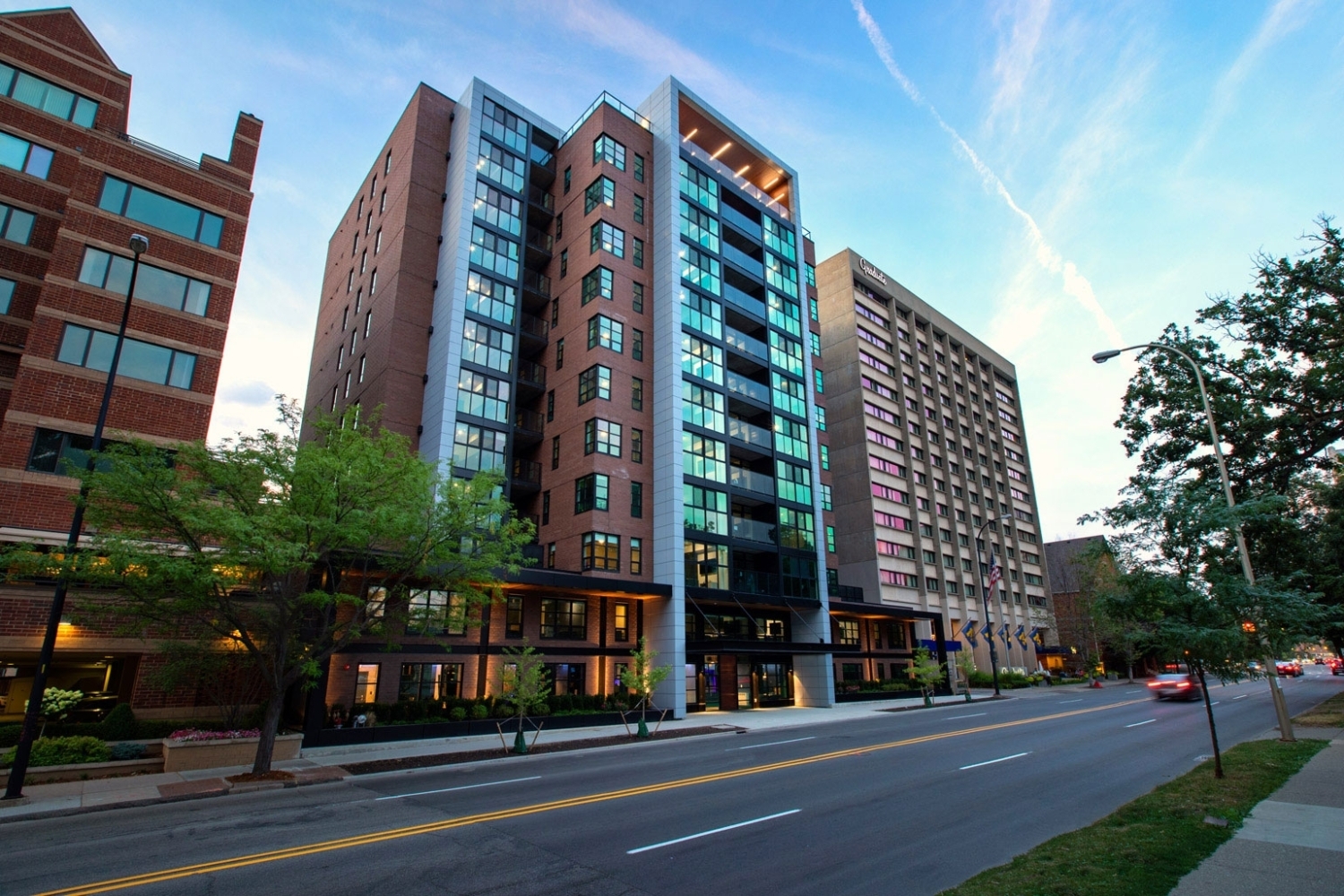
Student housing in the United States has undergone a remarkable transformation over the years, evolving from simple dormitories to sophisticated, amenity-rich spaces that reflect the changing needs and preferences of today's college students. This shift has not only impacted the way students experience campus life but has also turned student housing into a key market segment for architectural design.
Historically, student housing was primarily associated with cramped dorm rooms and communal bathrooms. However, as universities began recognizing the importance of providing a holistic living and learning environment, the demand for modern and comfortable student housing skyrocketed. This shift in perspective prompted architects and designers to rethink the traditional dormitory model and reimagine student living spaces.
Several factors have driven the evolution of student housing into a significant architectural design market segment:
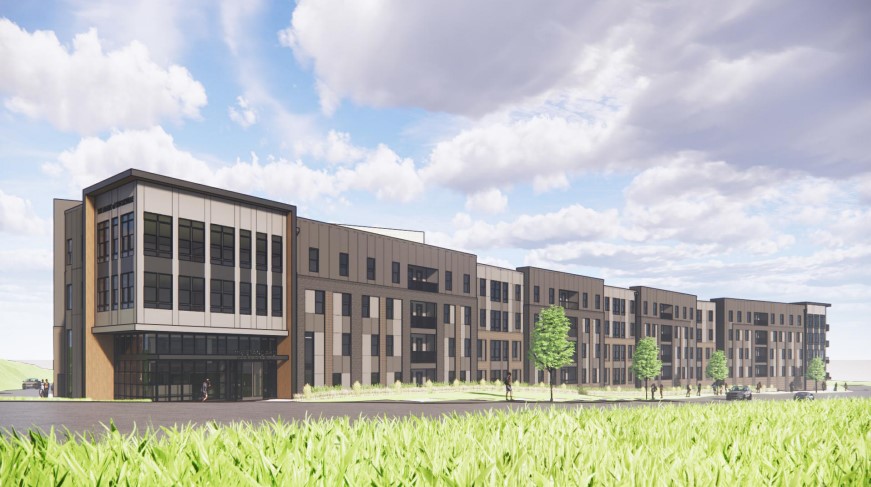 The Mark at Knoxville, TN
The Mark at Knoxville, TN
Changing Student Expectations: Today's college students have higher expectations when it comes to their living accommodations. They seek modern amenities, privacy, and a sense of community. This shift in expectations has compelled architects to design spaces that not only meet basic needs but also provide a high-quality living experience.
Focus on Community and Collaboration: Modern student housing is designed to foster a sense of community and collaboration. Architects are now incorporating communal spaces, study lounges, and recreational areas within housing complexes to encourage interaction among residents. This focus on community-building has become a key element in the design process.
Technology Integration: The technological needs of students have significantly evolved, influencing the design of student housing. Architects are incorporating smart technology, high-speed internet, and other amenities that cater to the digital lifestyle of today's students. These technological integrations are now considered essential components of modern student housing design.
Sustainability and Green Design: Environmental consciousness has become a focal point in architectural design across various sectors, including student housing. Sustainable and green design principles are being integrated into student housing projects, reflecting a broader commitment to eco-friendly practices and resource conservation.
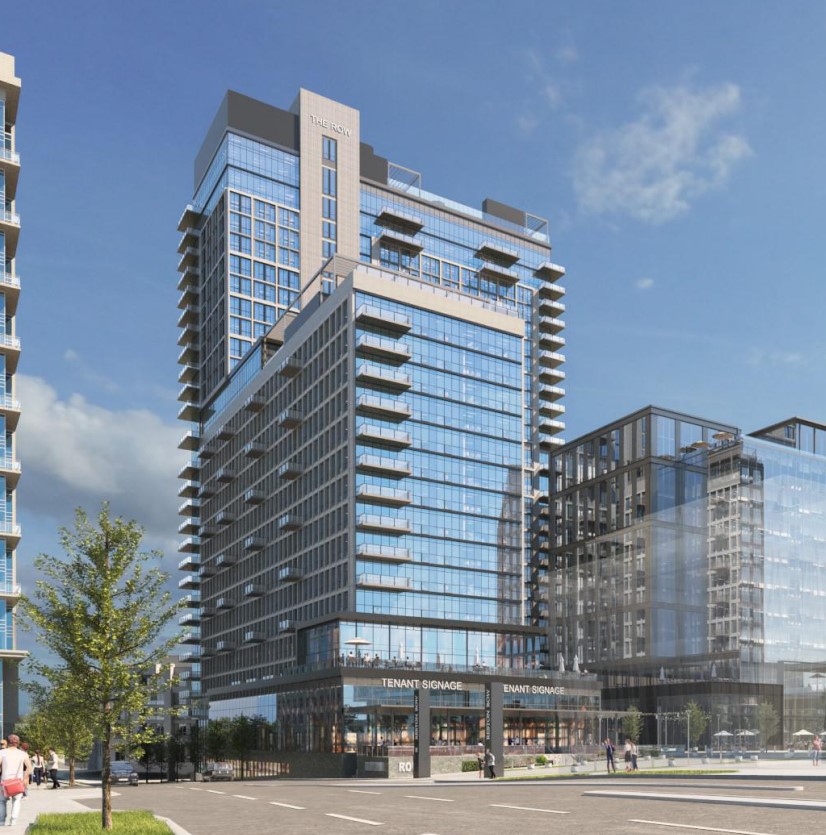 Reston Row in Washington, DC
Reston Row in Washington, DC
Public-Private Partnerships: The increasing demand for high-quality student housing has led to collaborations between universities and private developers. This trend has opened up opportunities for architects to work on innovative projects that blend academic and residential spaces, creating a seamless environment for students.
Several exemplary student housing projects showcase the evolution of this market segment: The Hub (603 Huron), Doyle Apartments, Reston Row, and The Mark.
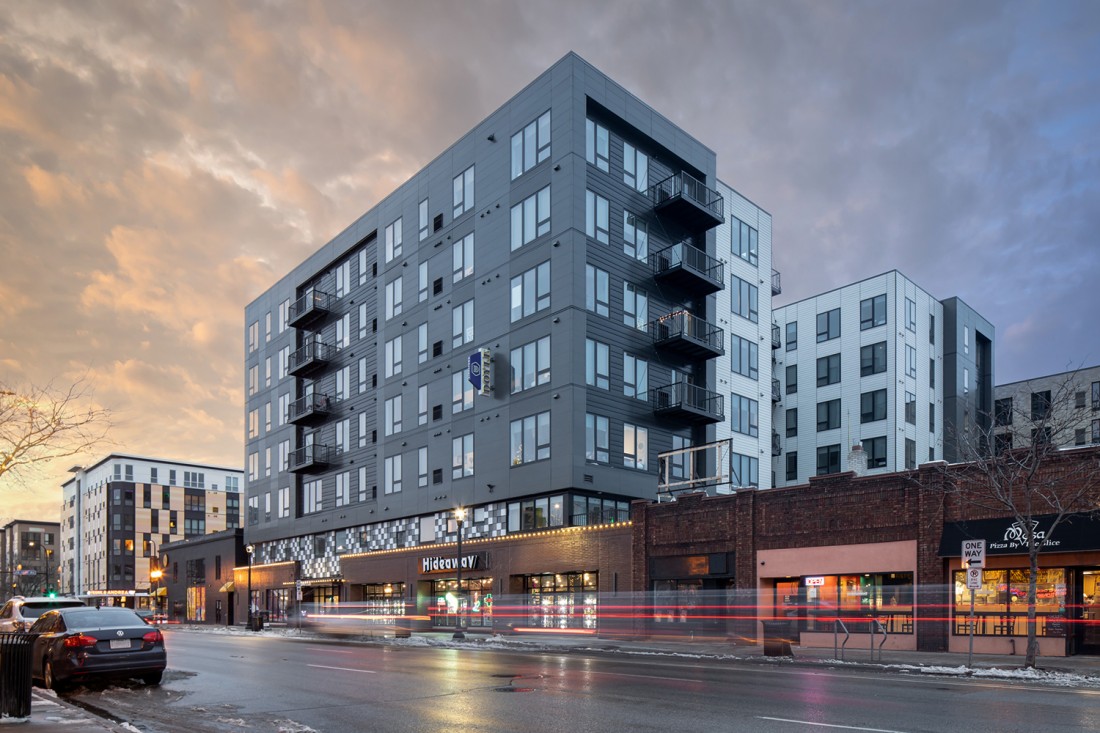 Doyle Apartments in Minneapolis, MN. Photography © Kory Kevin Reckinger
Doyle Apartments in Minneapolis, MN. Photography © Kory Kevin Reckinger
The evolution of student housing in the United States into a key architectural design market segment is a testament to the changing landscape of higher education. As universities recognize the impact of quality living spaces on student well-being and success, architects play a pivotal role in creating environments that are not only functional but also inspiring and conducive to learning. The ongoing collaboration between educational institutions and design professionals is likely to shape the future of student housing, setting new standards for innovation and sustainability.
Header image courtesy of Myefski Architects


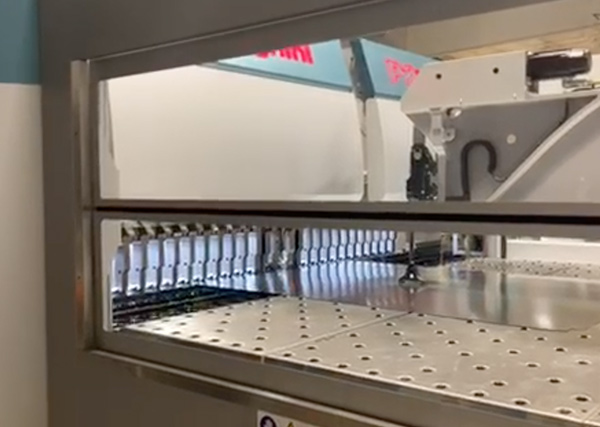
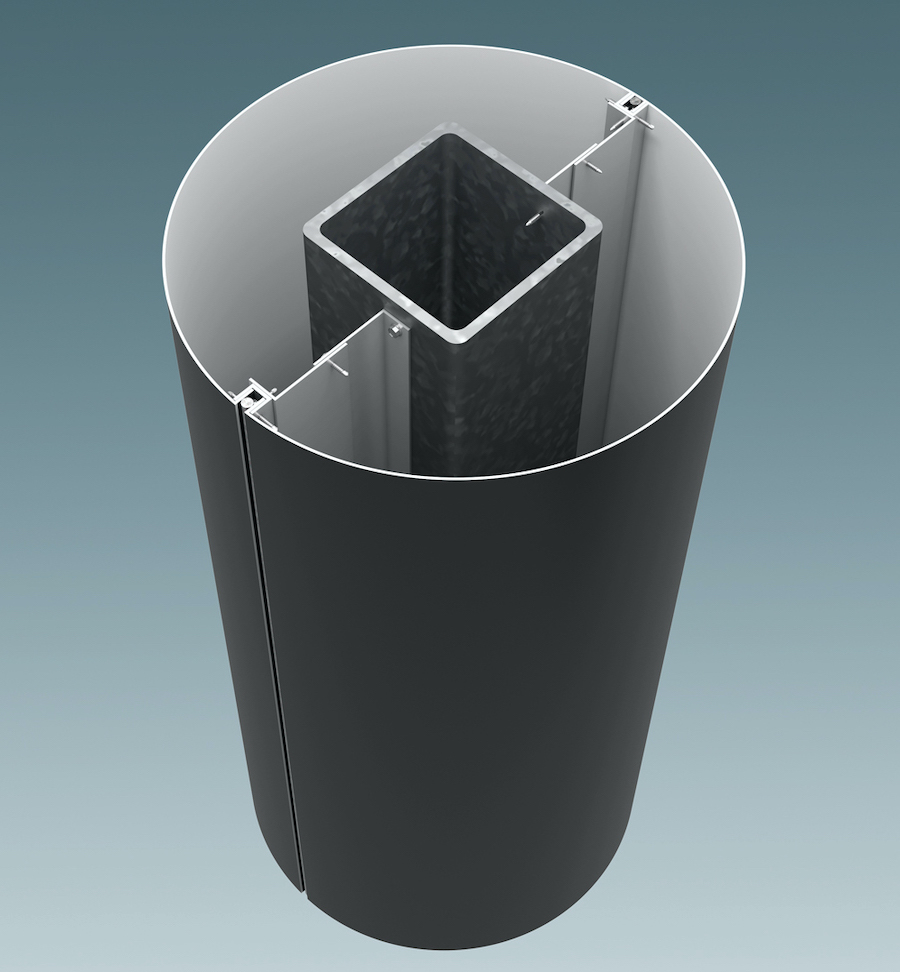

.png)
